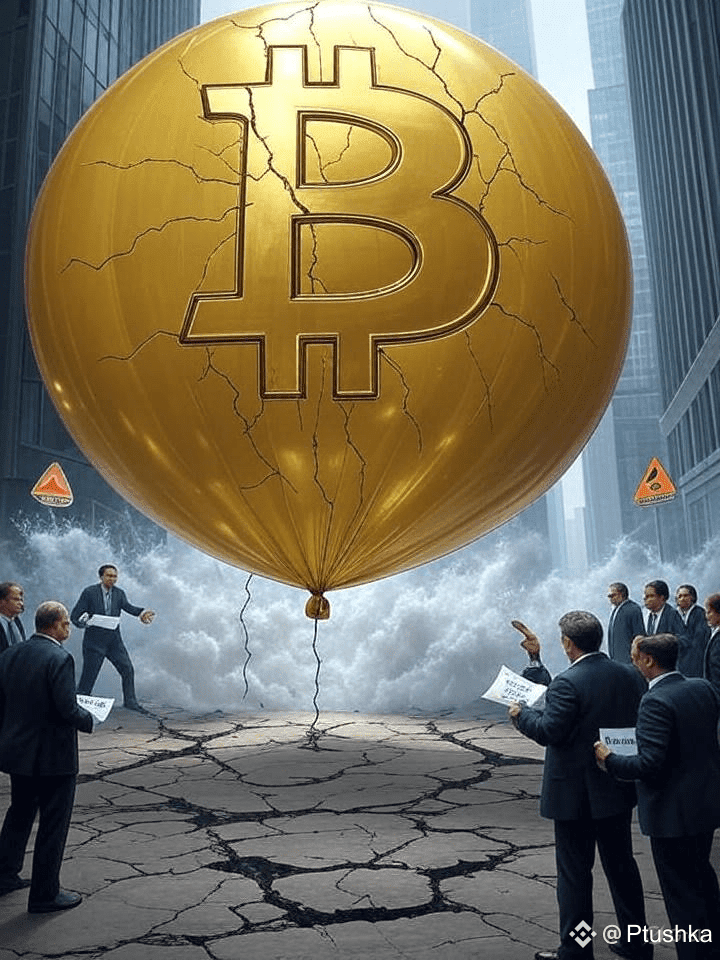Today, Bitcoin is praised as digital gold, the currency of the future, and a financial revolution. But behind the flashy headlines and endless hype lies a massive illusion that most people don’t even notice.
What if I told you that the market is selling more Bitcoin than actually exists? Sounds crazy? Keep reading.
What Are Futures?
A futures contract is a bet on the future. You’re not buying something today — you’re agreeing to buy or sell it later at a fixed price.
For example, you agree to buy Bitcoin at $50,000 next month. When the time comes and it’s worth $60,000, you profit $10,000 — even if you never actually owned any real BTC.
So you’re not buying the actual asset. You’re just making a paper bet. A contract. An empty promise — unless someone demands delivery (which rarely happens).
Here’s the Problem
There can only ever be 21 million real Bitcoins, hardcoded into the system.
But futures markets are trading contracts worth hundreds of millions — even billions — of BTC, which don’t physically exist.
That means:
• People are trading paper Bitcoin, not real coins.
• The total “virtual BTC” in circulation is many times greater than the actual supply.
Why Is This Dangerous?
1. Market Manipulation
Big players can move the price using paper contracts, without buying or selling any real BTC.
2. Illusion of Demand
Headlines like “Fund buys $500 million in BTC” often mean they bought futures, not actual coins — creating a false sense of demand.
3. Crash Risk
If trust in paper BTC disappears — like we’ve seen before in the gold market — a sudden mass exit could trigger a crash.
4. System Fragility
Many people think they “own” Bitcoin, but really they just hold a promise from an exchange. And what if that exchange goes bust?
Why Don’t People Realize This?
Because:
• The media reports futures purchases as if they’re real BTC buys.
• It’s easier to believe “price go up = all is fine.”
• Few people know the difference between real assets and paper ones.
A Bubble Being Inflated
Futures are a form of financial doping, artificially pumping prices. But this bubble could pop — especially if:
• Too many people demand real coins.
• Major players dump their positions.
• Confidence in centralized platforms (like CME or Binance) starts to fade.
What Should Regular People Do?
1. Understand the difference: a futures contract is not Bitcoin. It’s a bet, not a coin.
2. Buy real BTC: if you invest, use cold wallets, not exchanges.
3. Think critically: if something grows too fast and seems too easy — it’s probably a trap.
The Bottom Line
The Bitcoin futures market is a digital tower of Babel, built on layers of speculation and paper promises. But one day, if too many people demand real coins, we’ll see the truth:
They simply don’t exist.
Bitcoin was meant to be a free, independent currency.
But today, it’s being wrapped in paper — again — only this time, digital paper.